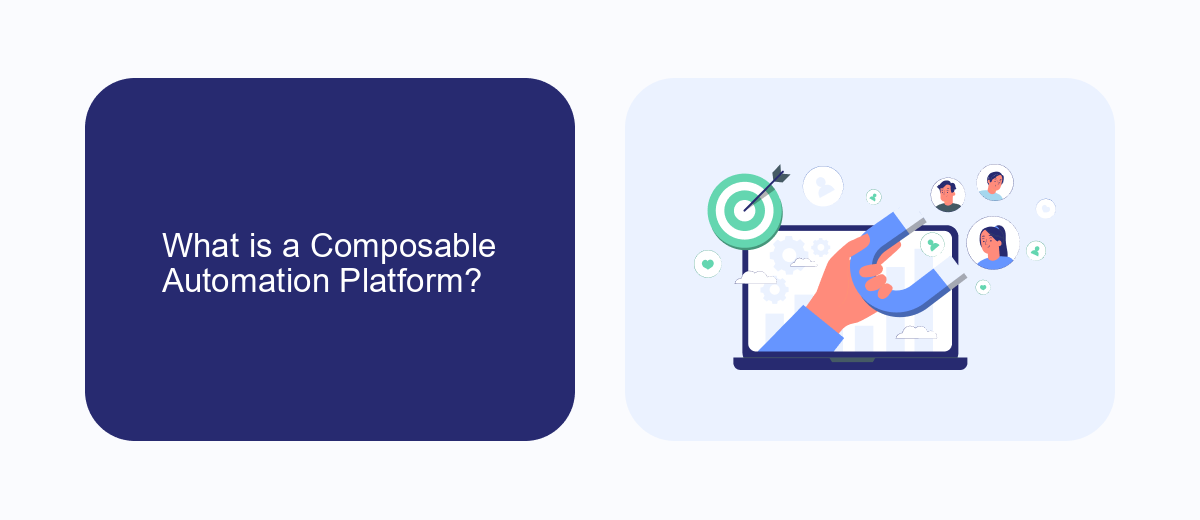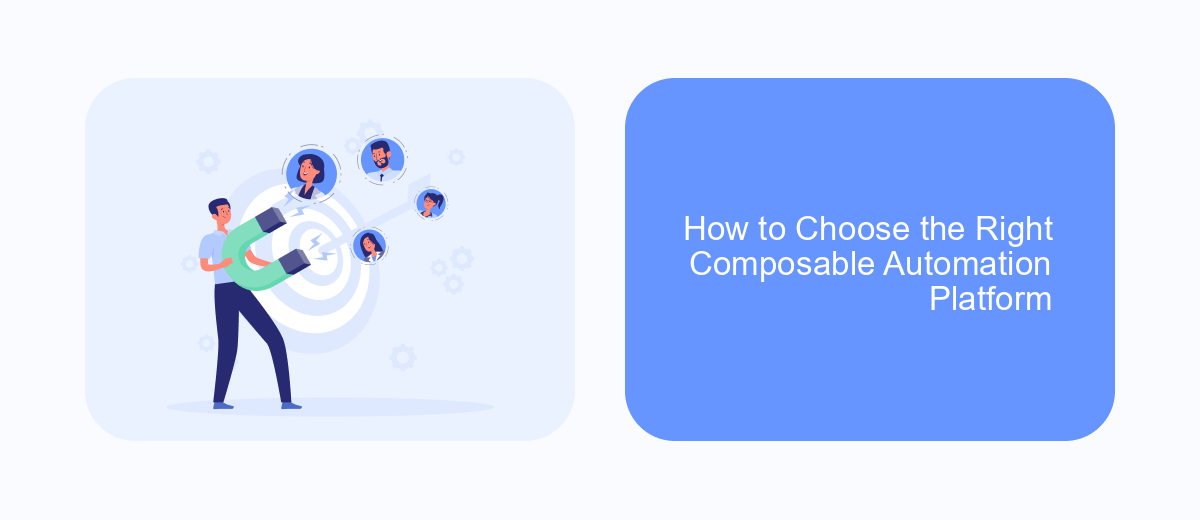In today's rapidly evolving digital landscape, businesses are seeking innovative solutions to streamline operations and enhance flexibility. The Composable Automation Platform emerges as a game-changer, offering a modular approach to automation. By enabling organizations to easily configure and reconfigure automation components, this platform empowers businesses to adapt swiftly to changing needs, optimize processes, and drive efficiency, all while reducing costs and improving overall performance.
Introduction
In today's rapidly evolving digital landscape, businesses are increasingly seeking agile and efficient solutions to streamline their operations. The concept of a Composable Automation Platform emerges as a pivotal innovation, enabling organizations to dynamically integrate and orchestrate various automation tools and services. By leveraging composable architectures, companies can tailor their automation strategies to meet specific needs, enhancing flexibility and scalability in their processes.
- Seamless integration of diverse automation components
- Enhanced adaptability to changing business requirements
- Improved scalability and operational efficiency
- Facilitation of innovation and rapid deployment
Composable Automation Platforms empower businesses to break down silos and foster a more cohesive approach to automation. By enabling the modular assembly of automation solutions, organizations can quickly respond to market demands and technological advancements. This approach not only optimizes existing workflows but also paves the way for future innovations, ensuring businesses remain competitive and resilient in an ever-changing environment.
What is a Composable Automation Platform?

A Composable Automation Platform is a modular system designed to streamline and optimize business processes by integrating various automation tools and services. This platform allows organizations to create a tailored automation solution by selecting and combining different components, such as workflow automation, data integration, and task management tools. The flexibility of a composable platform enables businesses to adapt quickly to changing needs and scale their operations efficiently. By leveraging pre-built connectors and APIs, companies can seamlessly integrate with existing systems, reducing the time and effort required for deployment.
One of the key advantages of a Composable Automation Platform is its ability to facilitate seamless integrations between disparate systems. Services like SaveMyLeads exemplify this by offering easy-to-use solutions that connect various applications and automate data transfers. This capability not only enhances operational efficiency but also ensures data consistency across platforms. As businesses increasingly rely on a multitude of software applications, the importance of a composable platform grows, enabling them to maintain agility and drive innovation in an ever-evolving digital landscape.
Benefits of Using a Composable Automation Platform

Adopting a Composable Automation Platform offers significant advantages for businesses aiming to enhance their operational efficiency and adaptability. This approach allows organizations to tailor automation solutions that precisely meet their unique requirements, promoting greater flexibility and scalability. By integrating various automation components, companies can streamline processes, reduce manual tasks, and improve overall productivity.
- Flexibility: The platform's modular nature allows businesses to customize and adapt automation solutions to their specific needs without being tied to a single vendor.
- Scalability: As businesses grow, the platform can easily accommodate increased demands by integrating additional components without overhauling the entire system.
- Cost Efficiency: By leveraging reusable components, companies can reduce development time and costs associated with building and maintaining automation solutions.
In conclusion, a Composable Automation Platform empowers organizations to innovate and respond rapidly to changing market conditions. It enables a more strategic approach to automation, where businesses can experiment with new technologies and processes, ultimately driving growth and competitive advantage. By embracing this flexible and scalable solution, companies can achieve a more resilient and efficient operational model.
How to Choose the Right Composable Automation Platform

Choosing the right Composable Automation Platform is crucial for optimizing your business processes and ensuring seamless integration with existing systems. Start by assessing your organization's specific needs and objectives. Consider the types of tasks you aim to automate and the level of customization required.
Next, evaluate the platform's scalability and flexibility. A good platform should adapt to your growing business needs and allow easy integration with various tools and applications. Ensure it supports a wide range of APIs and connectors to enhance interoperability.
- Assess user-friendliness and ease of use for non-technical staff.
- Check for robust security features and compliance with industry standards.
- Consider the cost and available pricing models to fit your budget.
- Look for comprehensive support and documentation from the vendor.
Finally, involve key stakeholders in the decision-making process to ensure the chosen platform aligns with your strategic goals. Conduct trials or demos to test its functionality and gather feedback. By following these steps, you can select a platform that enhances productivity and drives innovation.
- Automate the work with leads from the Facebook advertising account
- Empower with integrations and instant transfer of leads
- Don't spend money on developers or integrators
- Save time by automating routine tasks
Conclusion
In conclusion, the Composable Automation Platform represents a significant advancement in the way businesses approach automation. By allowing organizations to tailor their automation strategies to specific needs, it offers unparalleled flexibility and scalability. This modular approach enables companies to integrate various tools and services seamlessly, enhancing operational efficiency and reducing the time to market. The platform's ability to adapt to changing business environments ensures that companies remain competitive and responsive to market demands.
Moreover, services like SaveMyLeads play a crucial role in optimizing these integrations. By simplifying the process of connecting disparate systems, SaveMyLeads enables businesses to automate workflows without the need for extensive technical expertise. This not only saves time and resources but also ensures that data flows smoothly across platforms, enhancing decision-making and strategic planning. As businesses continue to embrace digital transformation, the Composable Automation Platform, complemented by integration services like SaveMyLeads, stands as a vital tool for achieving sustainable growth and innovation.
FAQ
What is a Composable Automation Platform?
How does a Composable Automation Platform benefit businesses?
Can a Composable Automation Platform be used by non-technical users?
What are some common use cases for a Composable Automation Platform?
How can businesses get started with implementing a Composable Automation Platform?
Would you like your employees to receive real-time data on new Facebook leads, and automatically send a welcome email or SMS to users who have responded to your social media ad? All this and more can be implemented using the SaveMyLeads system. Connect the necessary services to your Facebook advertising account and automate data transfer and routine work. Let your employees focus on what really matters, rather than wasting time manually transferring data or sending out template emails.

